Our commitment to working with the industry has been well established since the beginning of the Sandbox program. With every passing semester, we are filling up our partner wall.
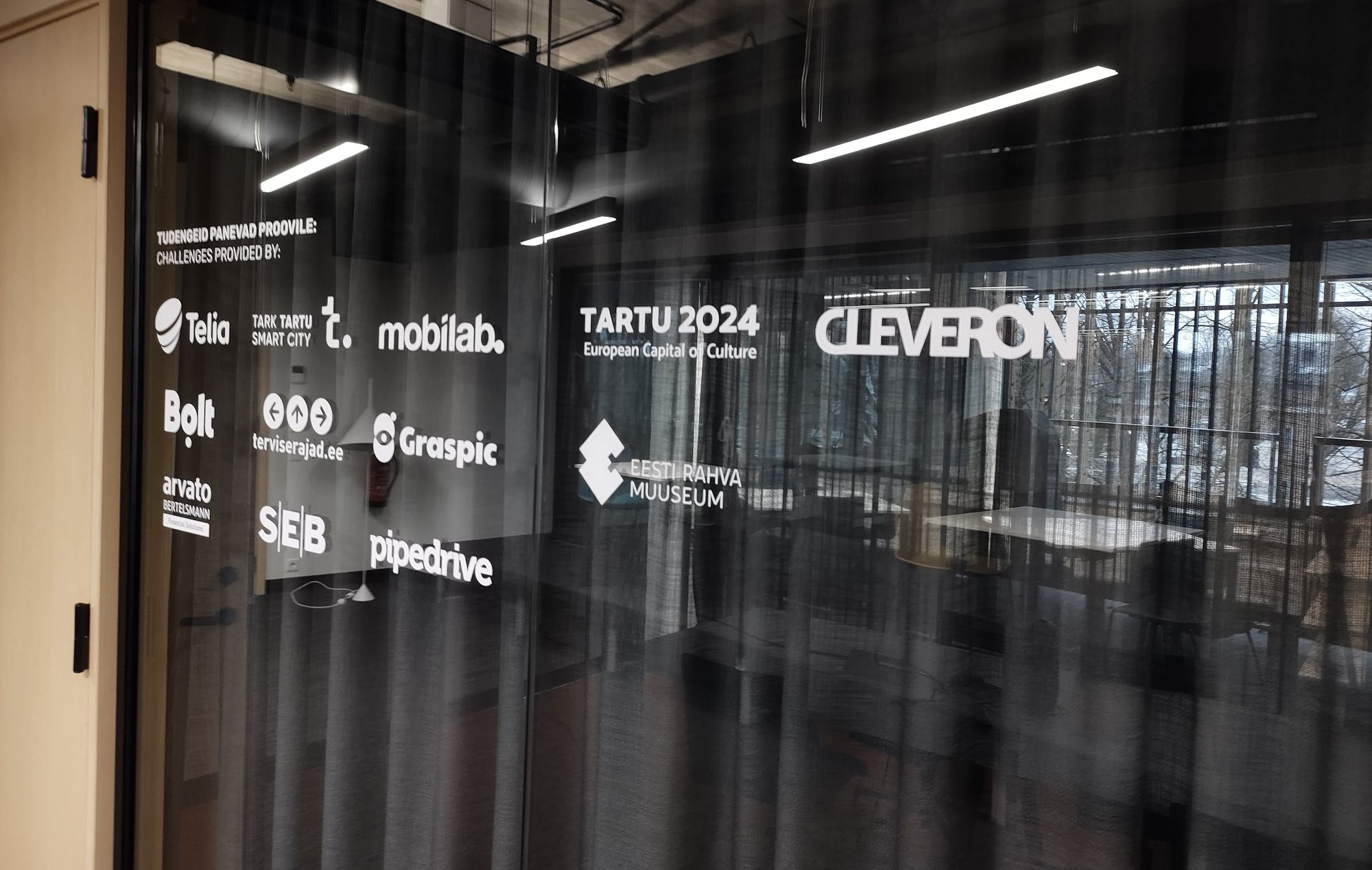
To the end of working more closely with the industry, one of our course offerings is Digital Product Management Industry Project (DPMIP). The course is designed to provide a real-world setting for the students to practice their Design Thinking and Product Management skills.
As a quick summary here is a timeline of how the course works.
- The Sandbox partners with companies
- Problem statements for students are created
- Students are onboarded, teamed up and given context
- Checkpoints for solving different aspects of the problem are laid out
- The teams conduct user research, build personas and user journeys
- The teams then agree upon a product vision, strategy, and metrics to measure success
- Possible solutions are ideated upon and sketched
- Prototypes are built using industry-standard tools such as Figma
- The prototypes are used for user testing and iterating
- The course concludes with final presentations and reports that add value to the partner's attempts to solve the problem
This semester (Autumn 2021/22) we had a fruitful collaboration with the Estonian National Museum (ENM) or Eesti Rahva Muuseum (ERM) in Estonian. A total of 15 students with various backgrounds in IT worked as teams on two different problems of interest to the museum. By the end of the course, the students delivered and tested four prototypes (two per problem). These prototypes can now be further developed by the museum, and can be used to build the final solutions.
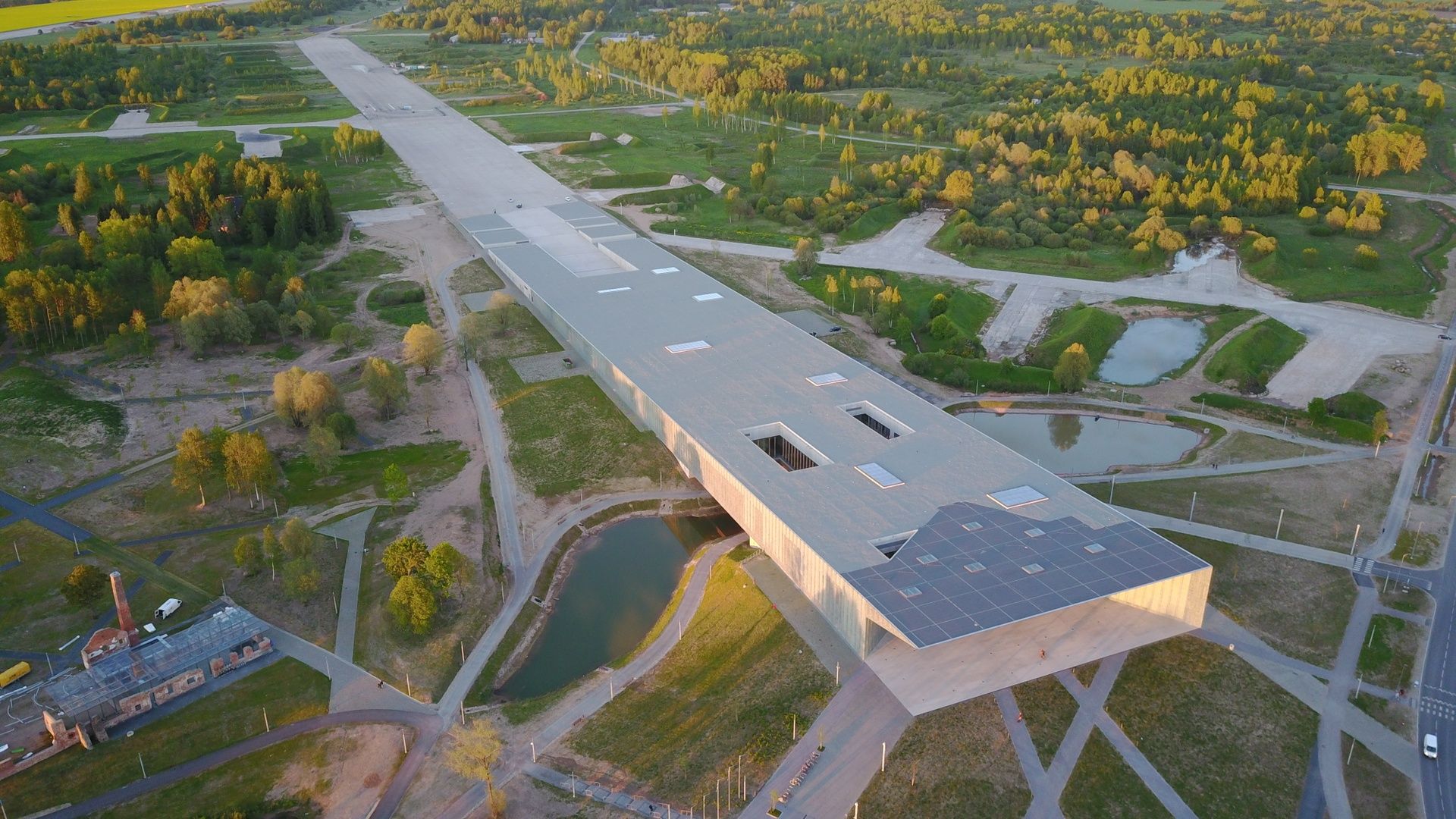
The problems ranged from making museum visits more engaging to different demographics to coming up with different ways in which the digital assets of the museum can be used by visitors. At the Sandbox, we are firm believers in Design Thinking and the students get to use the tools that they’ve learnt about in practical settings. The process starts with empathy and building personas of the people for whom the solution is to be designed. For example, the teams Estonian National Museum and The New Wave came up with the following personas for the problems that they were solving.
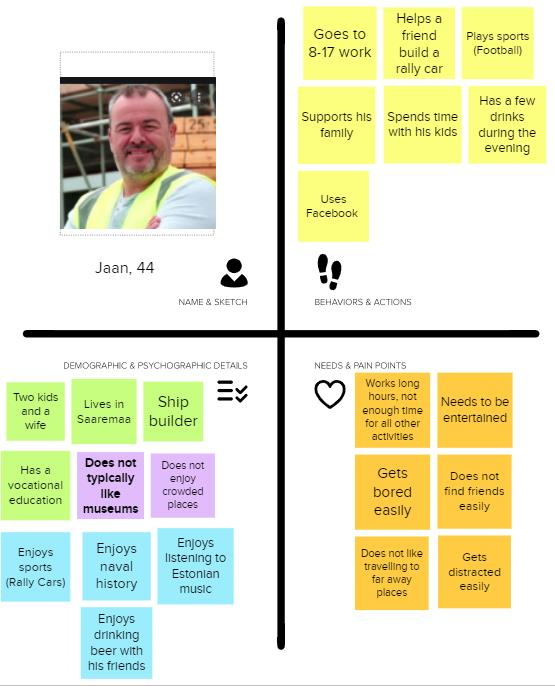
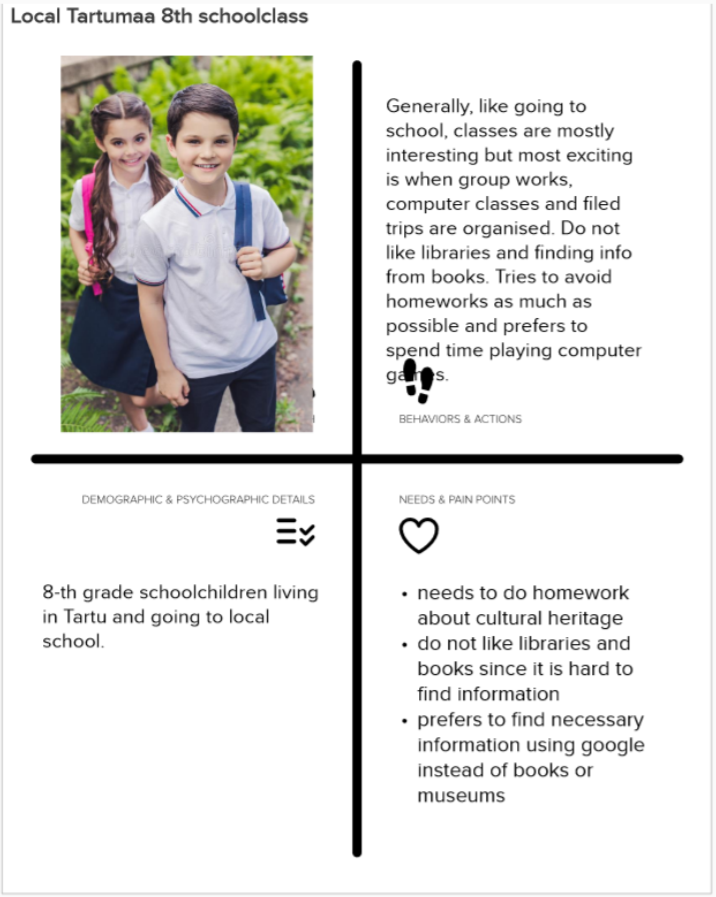
Other teams too created personas based on their problem statements and target audience. Once these steps are validated, teams moved on to the next steps of validating their assumptions and picking the right "How might we.." questions to answer.
With the questions picked, the teams then come up with multiple solutions that can answer the questions. With many options on the table, the teams then work with the mentors and the partners to pick a solution that might be best suited.
This entire process of diverging over questions to answer, converging on a few important ones, then coming up with multiple solutions to those questions and picking the most suited ones is called the Double Diamond Design Process.
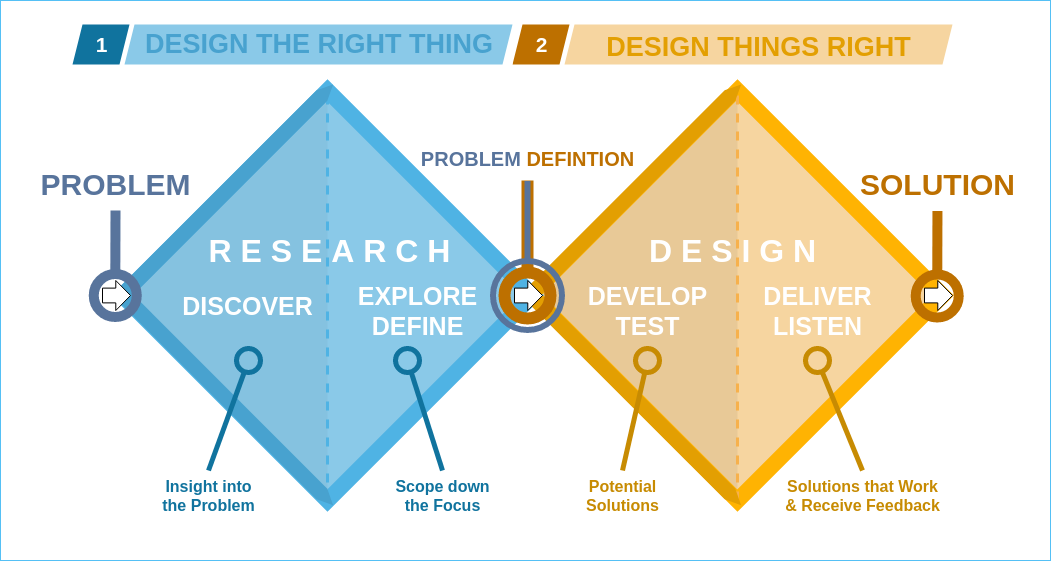
The next step that the teams went on to was to create prototypes of the solutions that can be tested. Some of the solutions that were proposed for the museum were: A digital tool that helped create treasure hunts to engage students and building intuitive interfaces that could help artisans make handicrafts.
The course ends with final presentations and reports which capture the entire journey of students and give them practice in designing digital products. The partners also benefit immensely from the course since the students are a great source of fresh ideas, and come up with multiple points of view. The final reports from the course provide valuable insight into the problems faced by the company. The prototypes built by the students can be iterated upon by the partners to build final working solutions. Additionally, in working with the students over an extended period of time the partners can easily hire new talent directly.
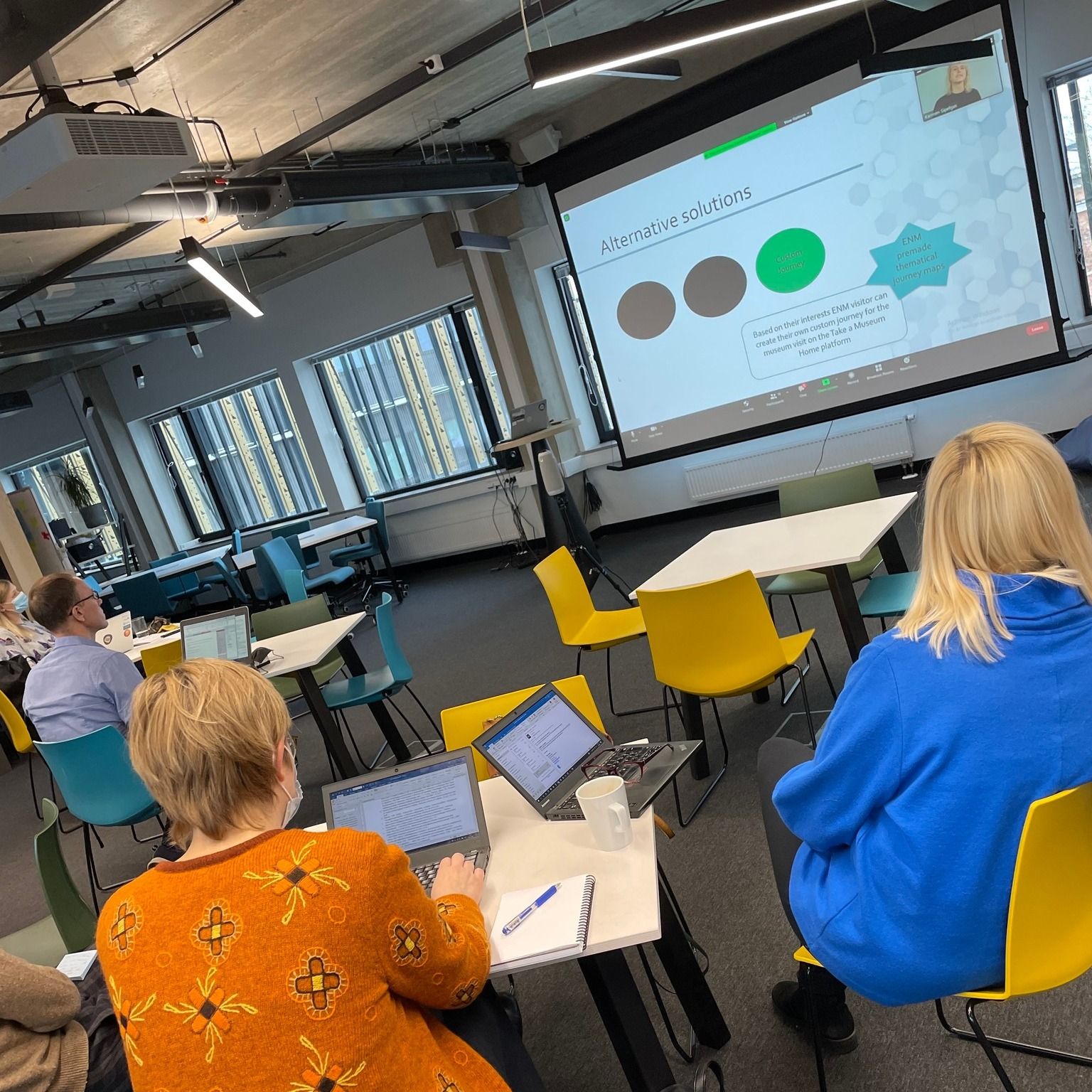
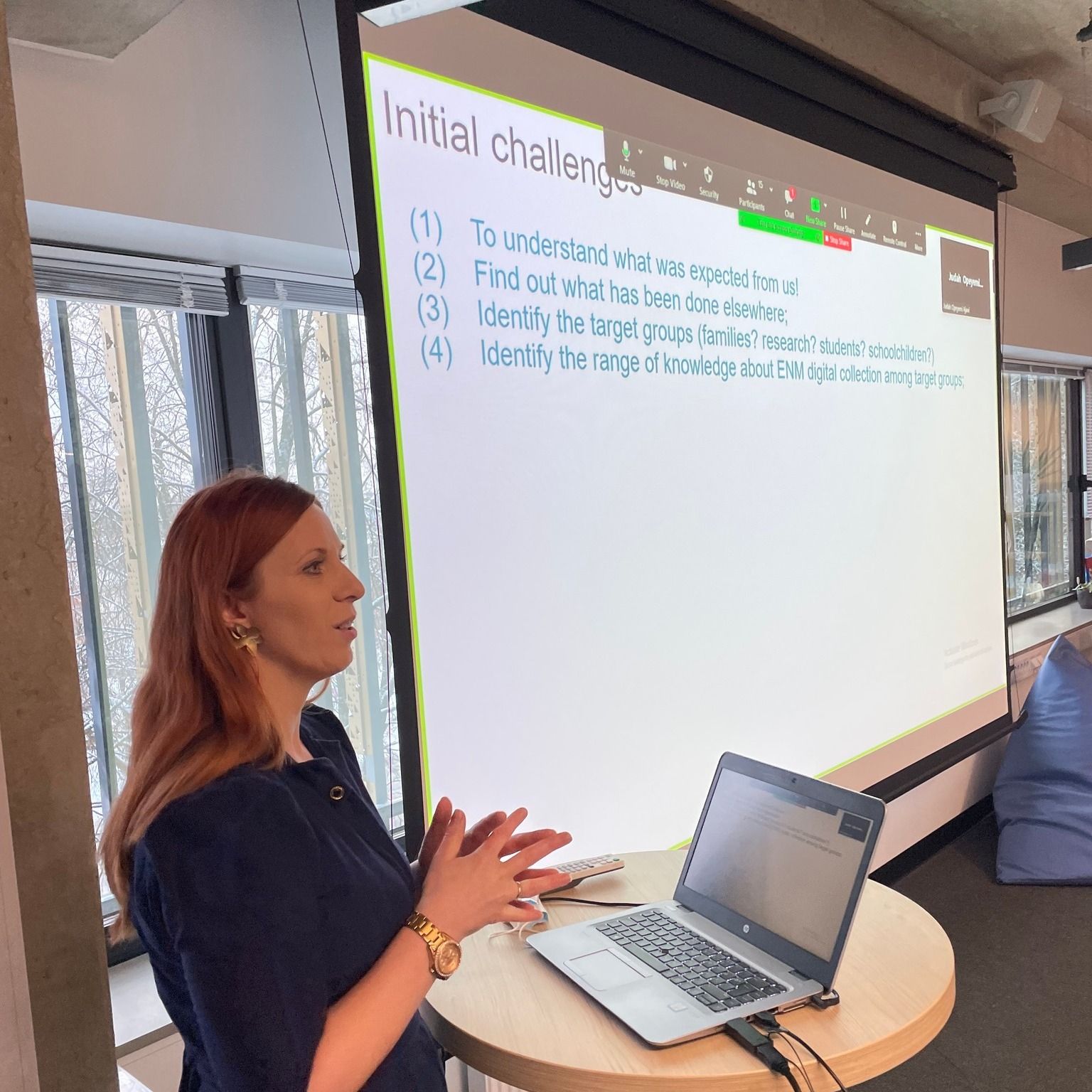
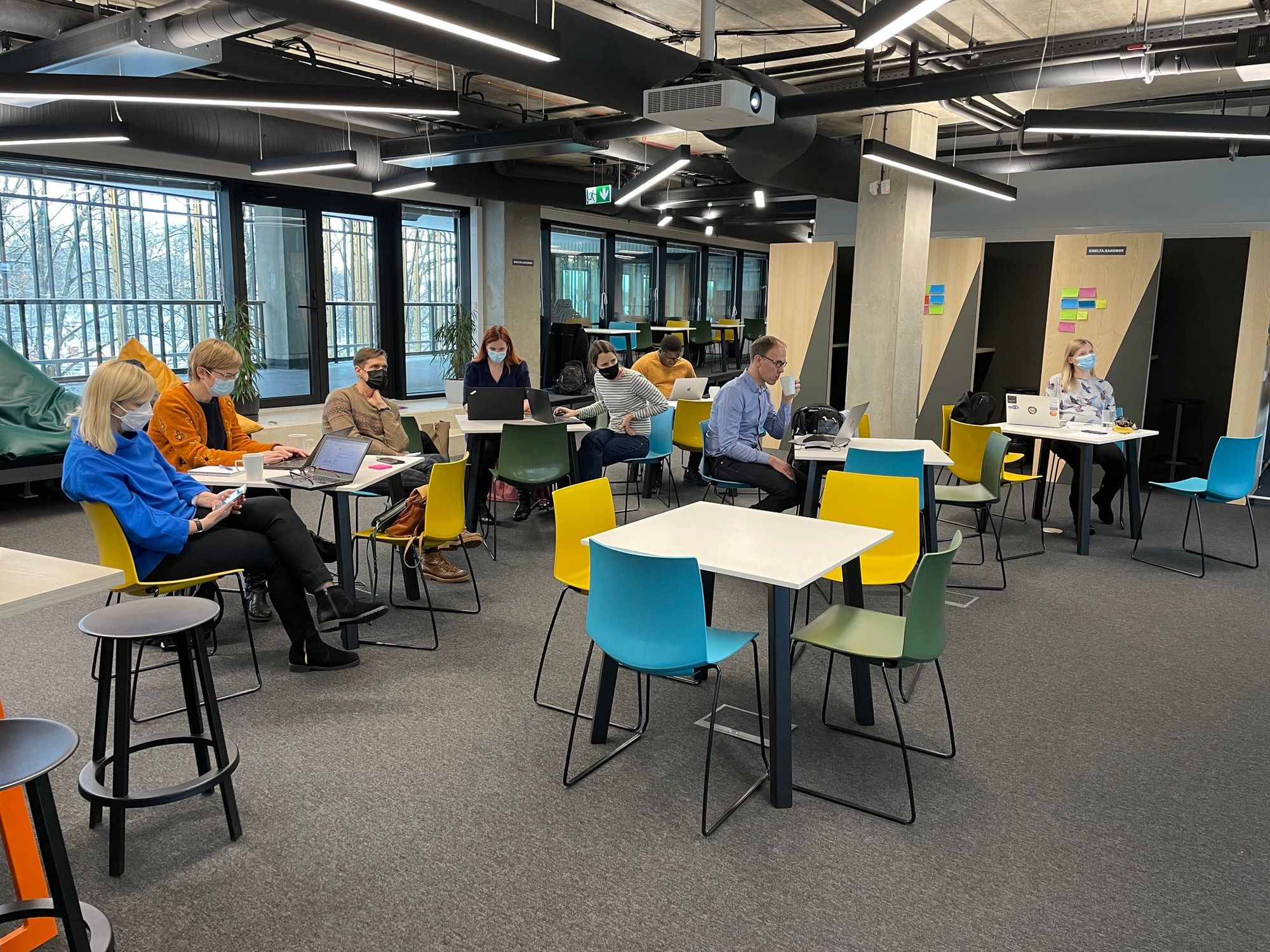
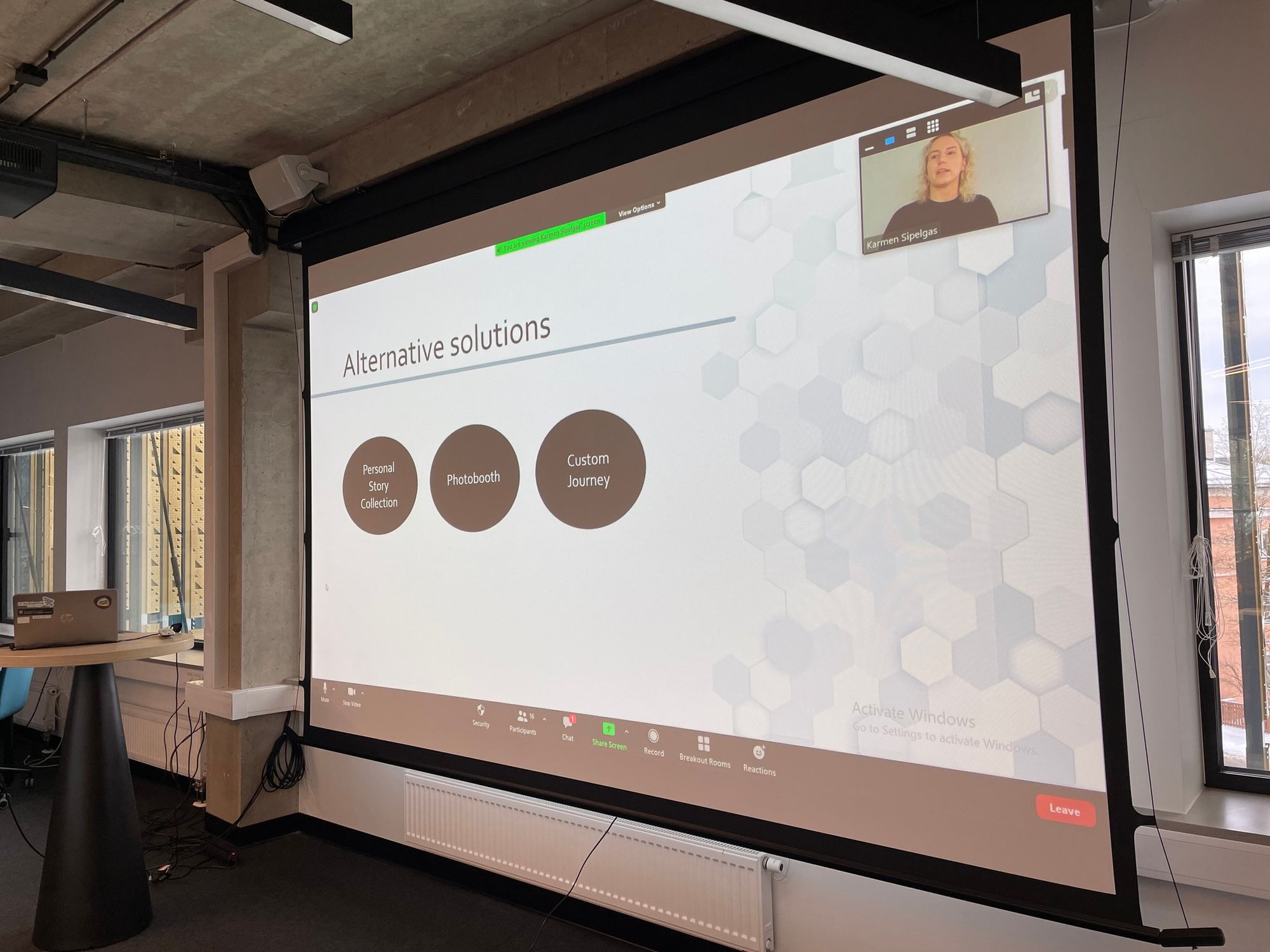
Working with ERM this semester has been a great pleasure. The organization has been approachable and open to new ideas. We hope that this collaboration exceeded the expectations and gave actionable insights to the challenges that the museum faces.